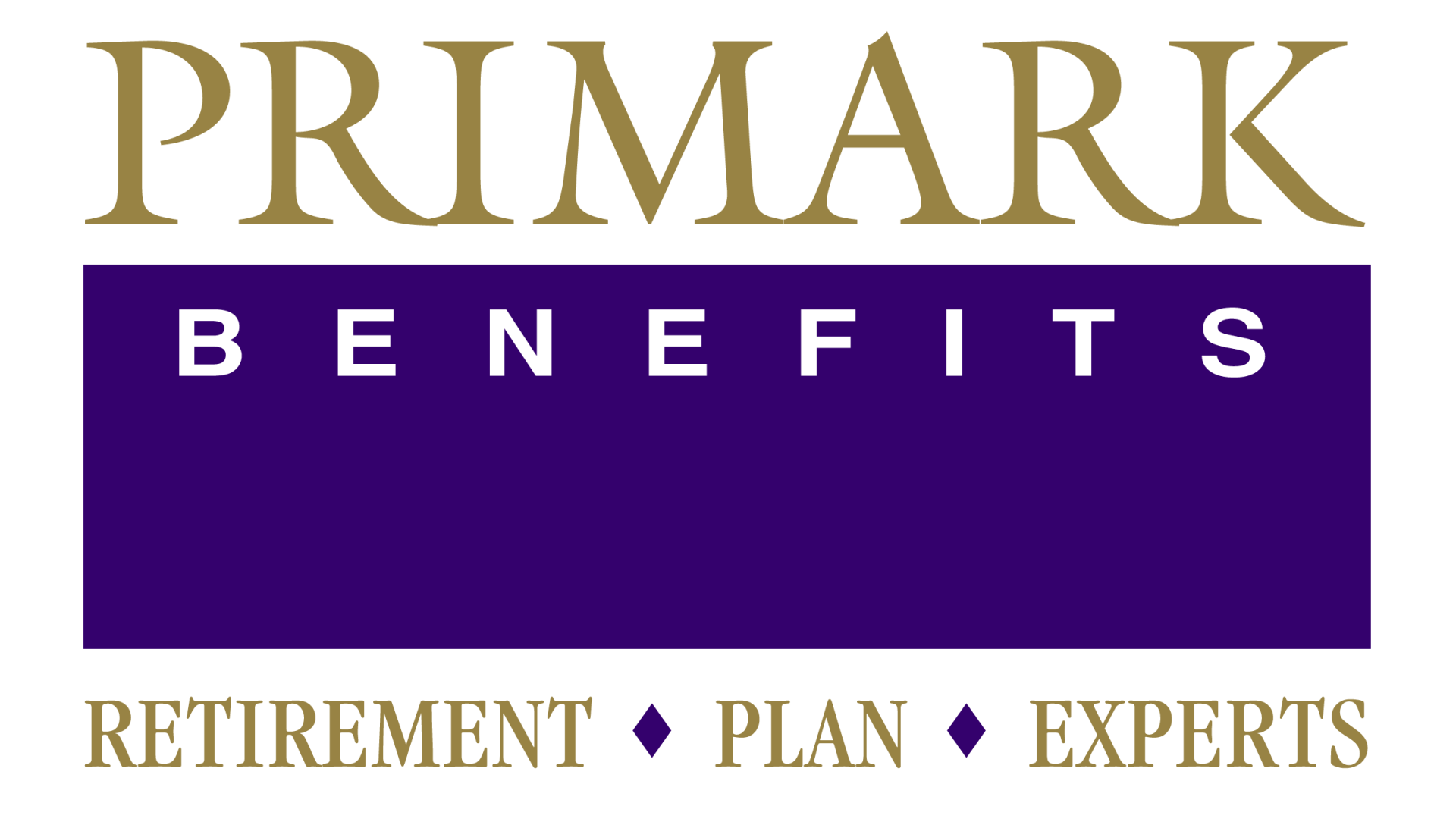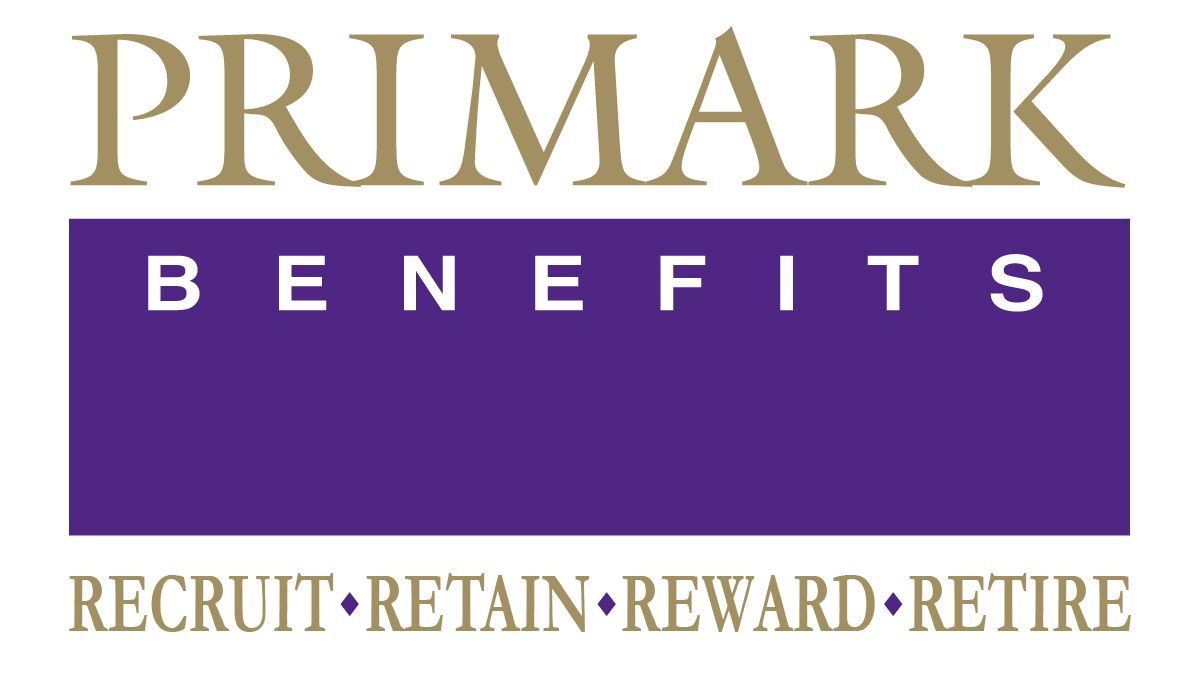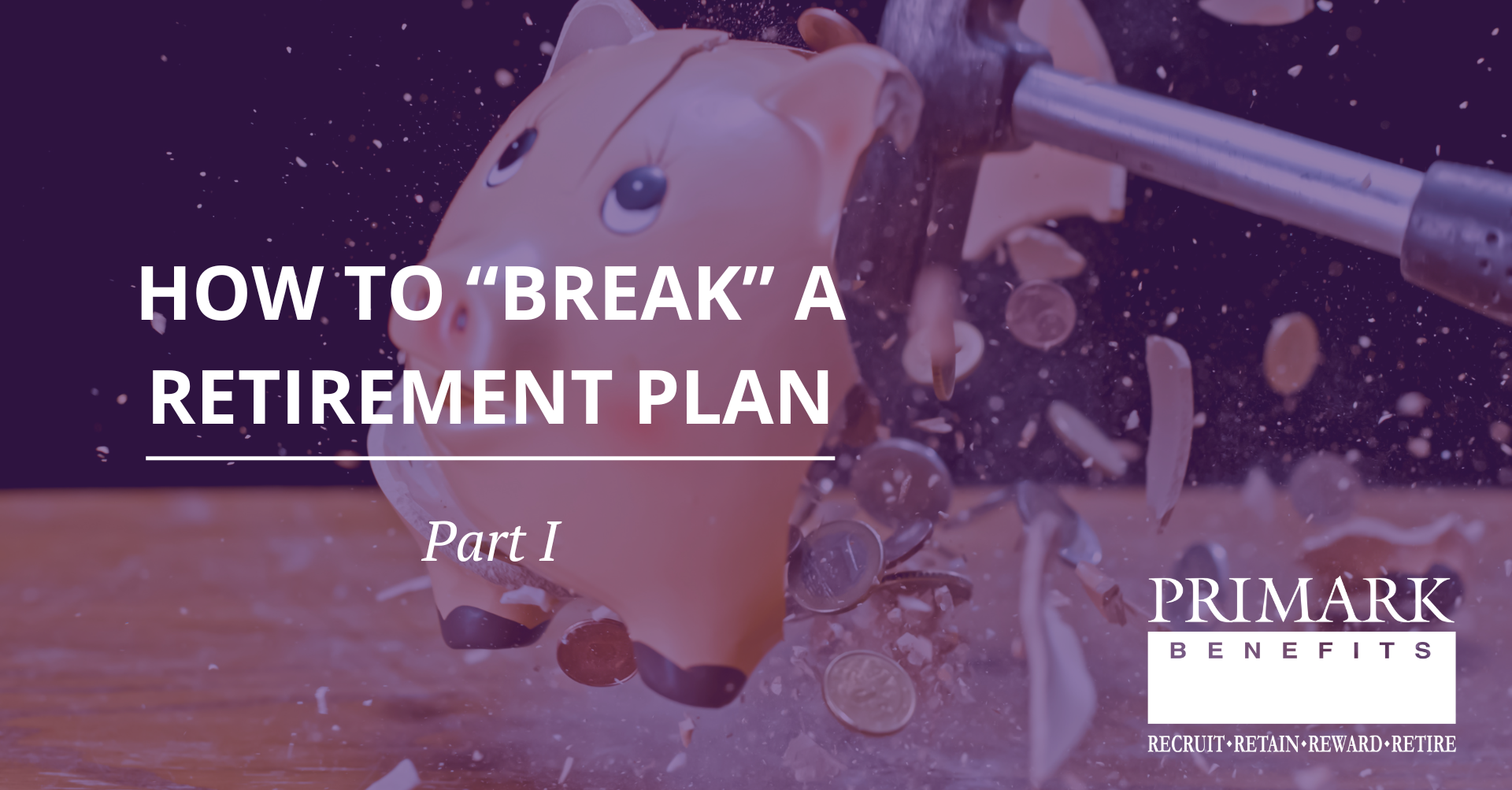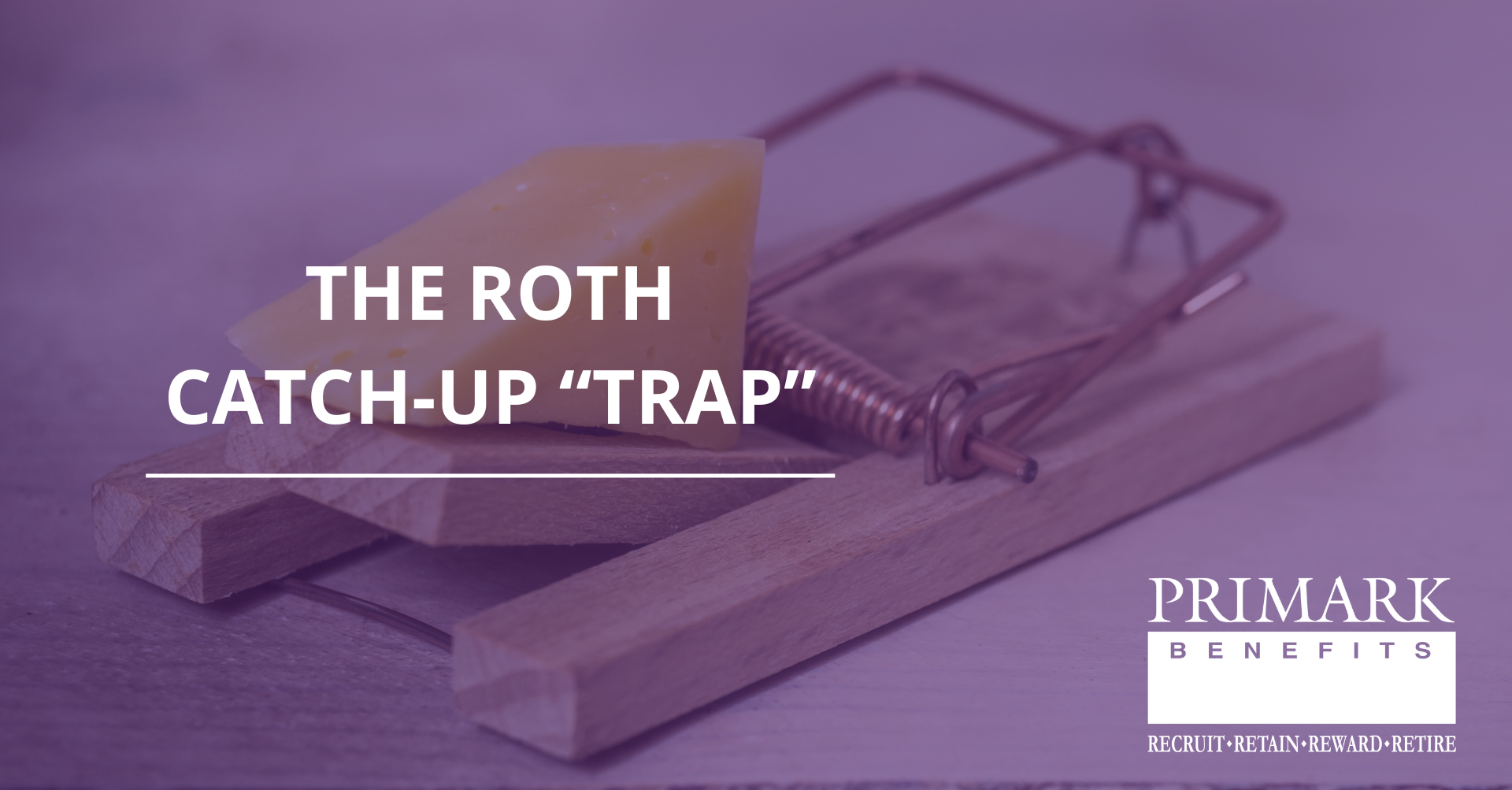Q3 2025 Newsletter
October 7, 2025
At Primark Benefits, we’re committed to helping employers and advisors navigate the complexities of retirement plans with clarity and confidence. This quarter, we’ve published a range of new articles designed to inform, debunk misconceptions, and highlight opportunities—especially those that can still make a difference for this year. Next quarter, we'll be continuing our new How to "Break" a Retirement Plan Series and discussing other timely and important topics.
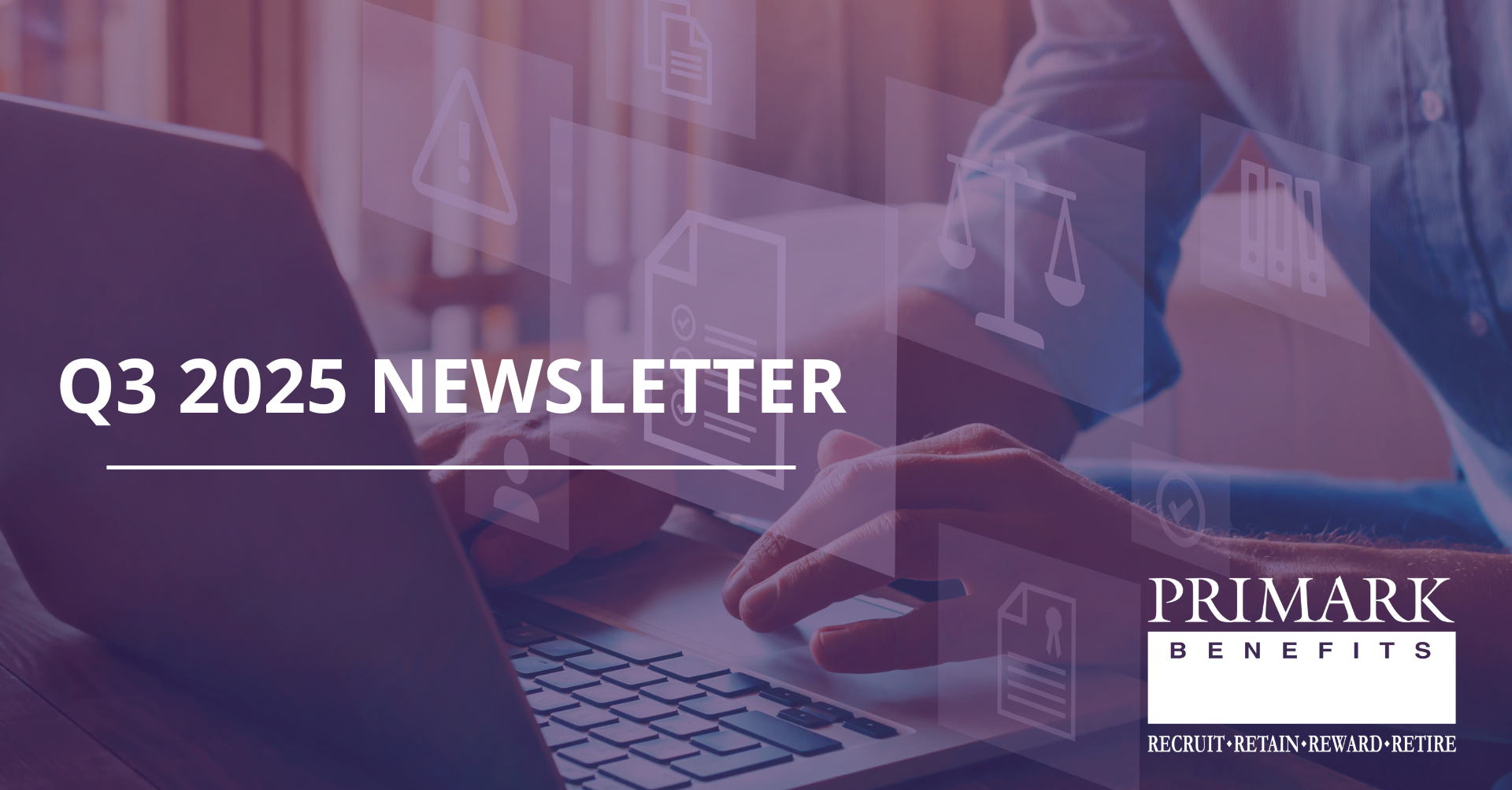
Here's What You Need to Know
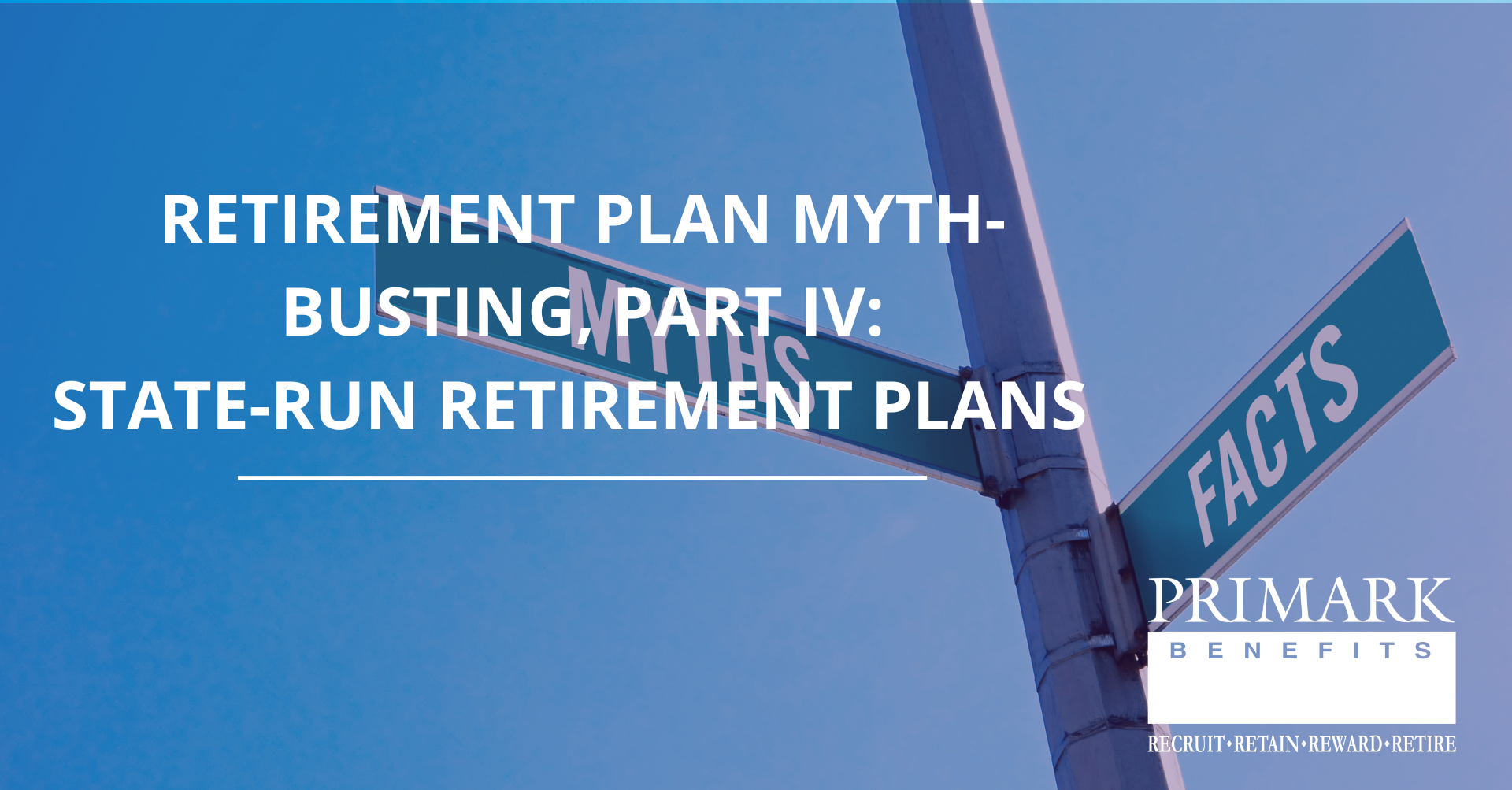
Retirement plans can often feel like an alphabet soup of acronyms, mandates, and evolving state and federal laws. This series seeks to dispel common myths so employers can make better informed decisions. In previous articles, we’ve covered multiple myths at once. However, in Part IV, we’ll focus our efforts on one big misconception. Specifically, we’ll be talking about the idea that cookie-cutter, state-run programs such as CalSavers are “just as good” as custom-designed retirement plans, and the misunderstandings that persist about what state-run retirement programs do (and don’t) offer.
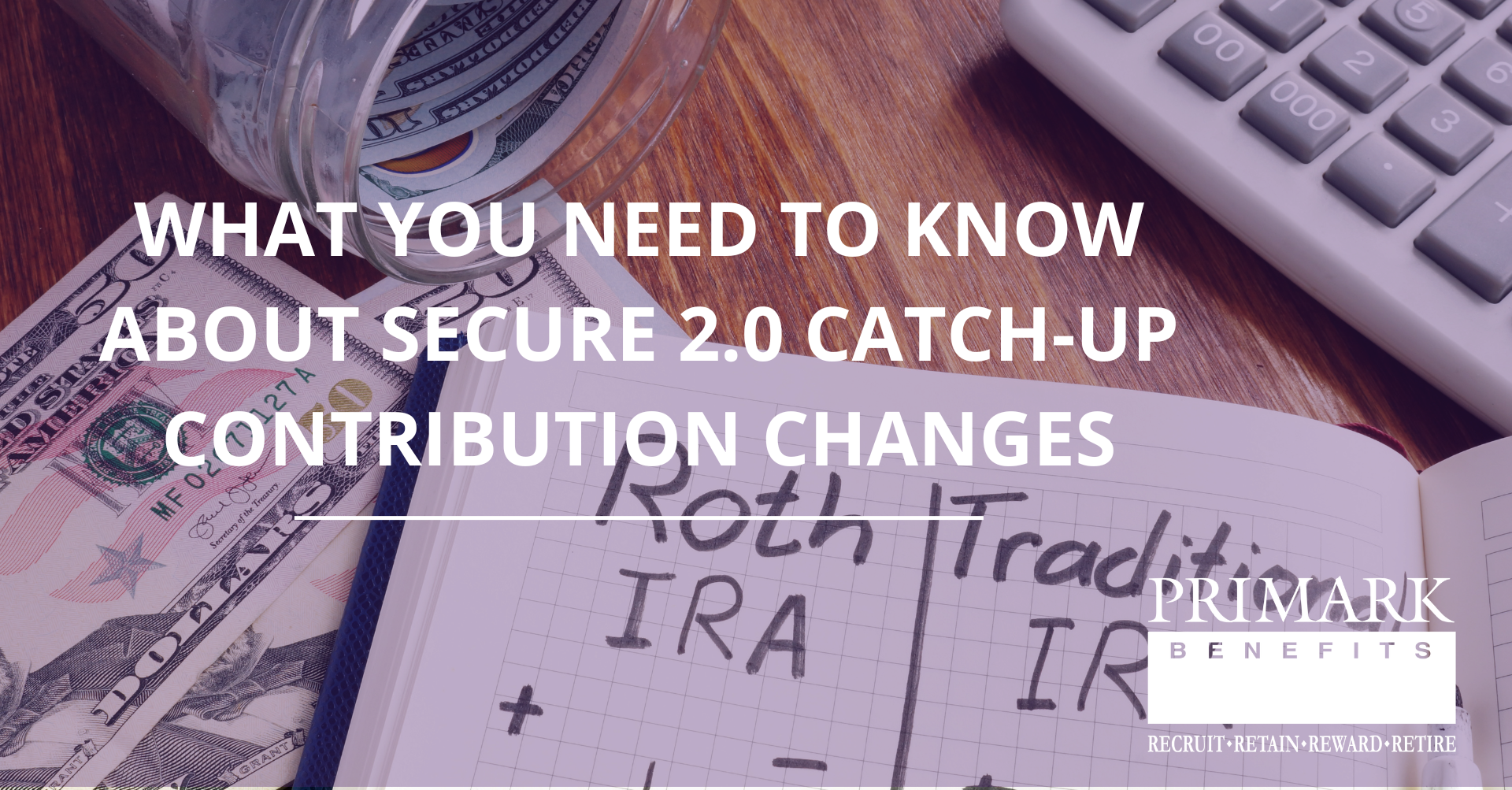
Retirement plan catch-up contributions allow “older” workers—typically those age 50 and over— to set aside additional funds in their retirement accounts beyond standard annual limits. These extra contributions are an important planning tool for those nearing retirement who want to make up for earlier gaps in saving.
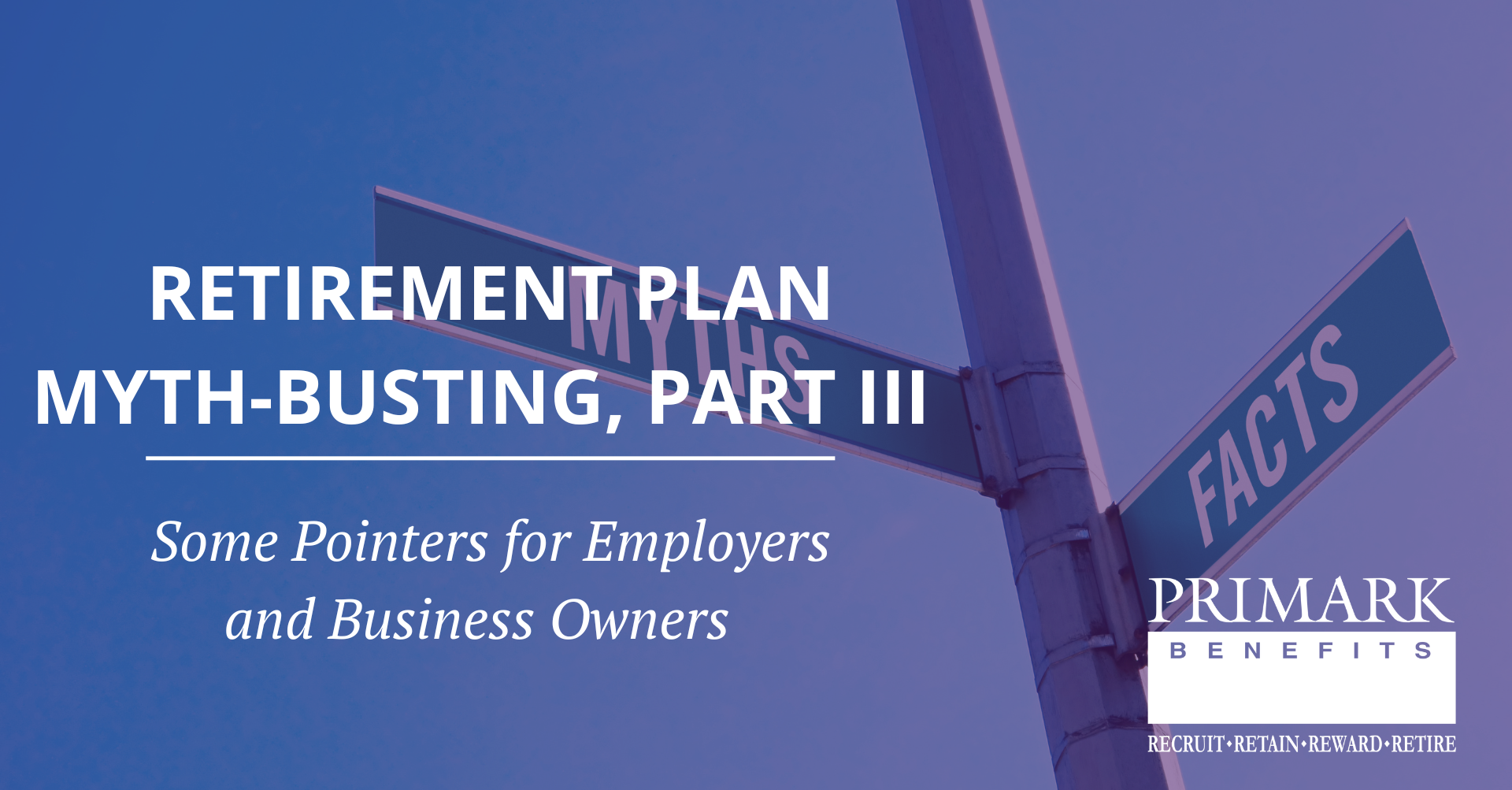
Retirement plans can be confusing. Between complex rules, industry jargon, and competing providers, it’s easy for employers to fall into patterns based on assumptions or half-truths. That’s why we created this series: to cut through the noise and help employers make confident, informed decisions. In this third installment, we’re addressing two persistent myths that often lead employers down the wrong path: the idea that payroll providers are the best place to get your plan, and the belief that robo-firms offer a hassle-free alternative. Spoiler: neither is as simple (nor as beneficial) as they seem.

Many companies, especially in the professional services sector—law firms, staffing agencies, engineering and consulting companies, healthcare groups, etc.—are often made up of various employee tiers. For example, in a given company, you might find partners or executives in one segment, professional staff in another, and support staff or hourly workers in yet another. While this tiered structure works well operationally, it can pose challenges relating to retirement plan compliance. In one recent example, the Primark Benefits team helped a client with over 3,500 employees overcome a complicated compliance issue by strategically changing the plan design, first expanding eligibility and then implementing automatic enrollment. Let’s take a look.
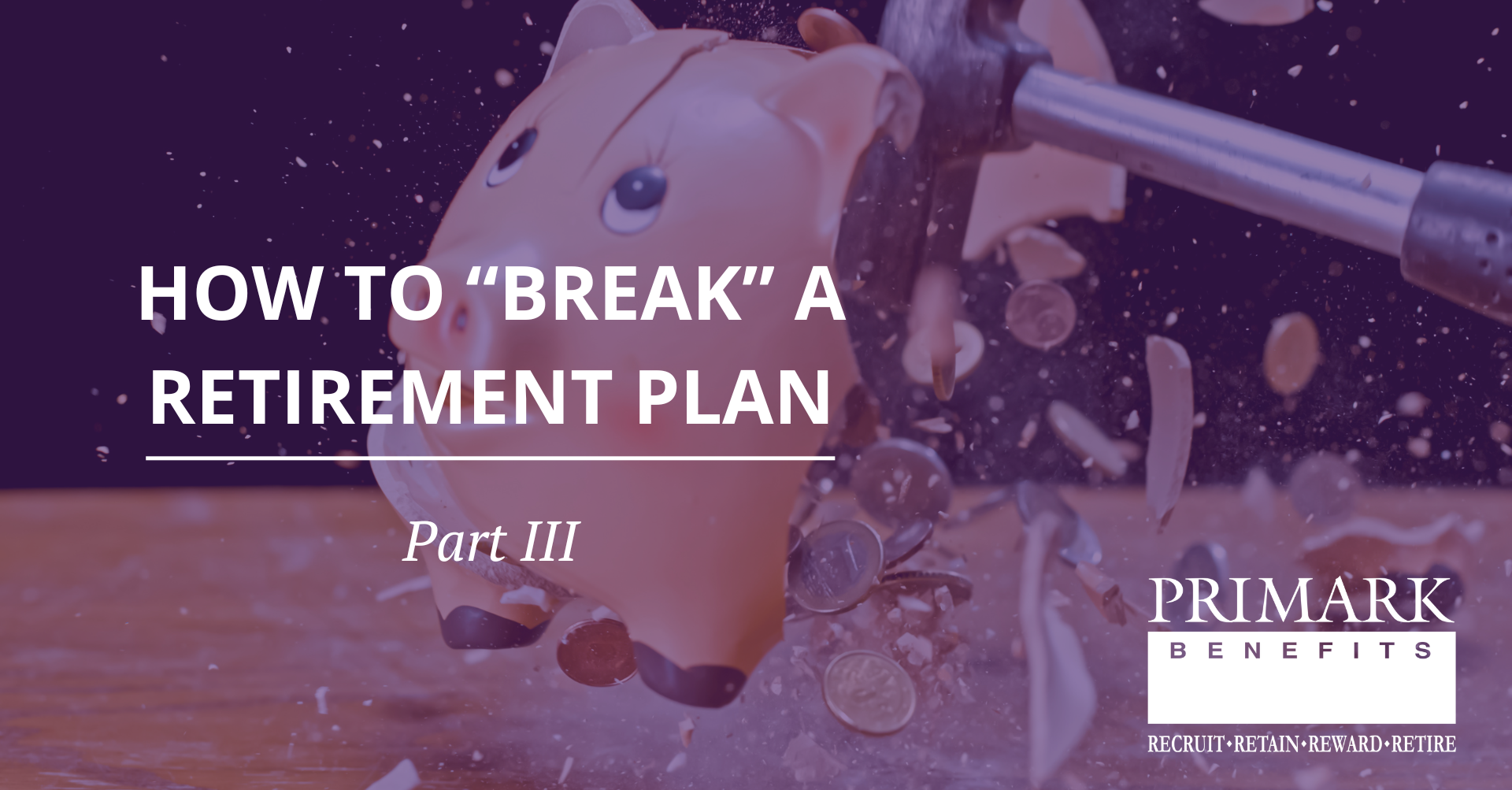
Welcome back to our series, How to “Break” a Retirement Plan” In Part I , we examined structural mistakes—the foundational missteps in plan design, contribution handling, and payroll processes that can quietly set a plan on the wrong path. Part II focused on operational blind spots, showing how day-to-day execution errors, from auto-enrollment missteps to mishandling former employees’ accounts, can derail even a well-designed plan. Now, in Part III, we turn our attention to what happens when the IRS takes a closer look. When a retirement plan is audited, the IRS isn’t searching for obscure loopholes; it’s looking for a familiar set of recurring problems. These are the same types of errors that often start small but can grow into significant compliance issues. Understanding where auditors tend to focus can help plan sponsors stay ahead of “issues” before they become “findings”.
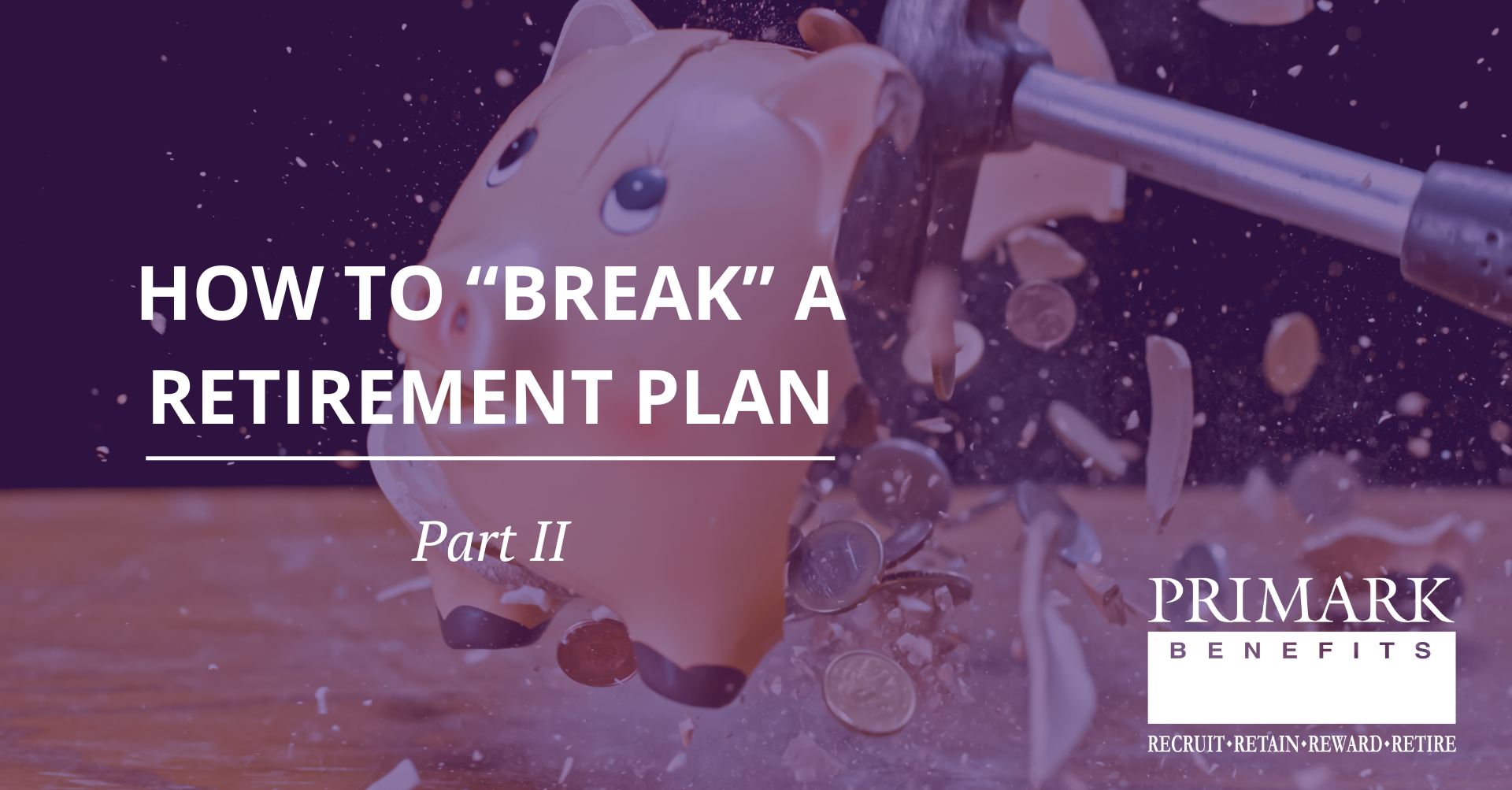
Operational blind spots that often (or can) trip up plan sponsors Welcome back to our series, How to "Break" a Retirement Plan." In Part I , we explored the structural missteps that often set a plan on the wrong path from day one, such as choosing the wrong type of plan, mishandling contributions, and payroll errors. While getting the foundation right is critical, even the strongest plan can unravel if daily operations aren’t tightly managed. The rules are strict, and mistakes (no matter how seemingly small, or well-intentioned!) can trigger costly corrections or even regulatory scrutiny.
